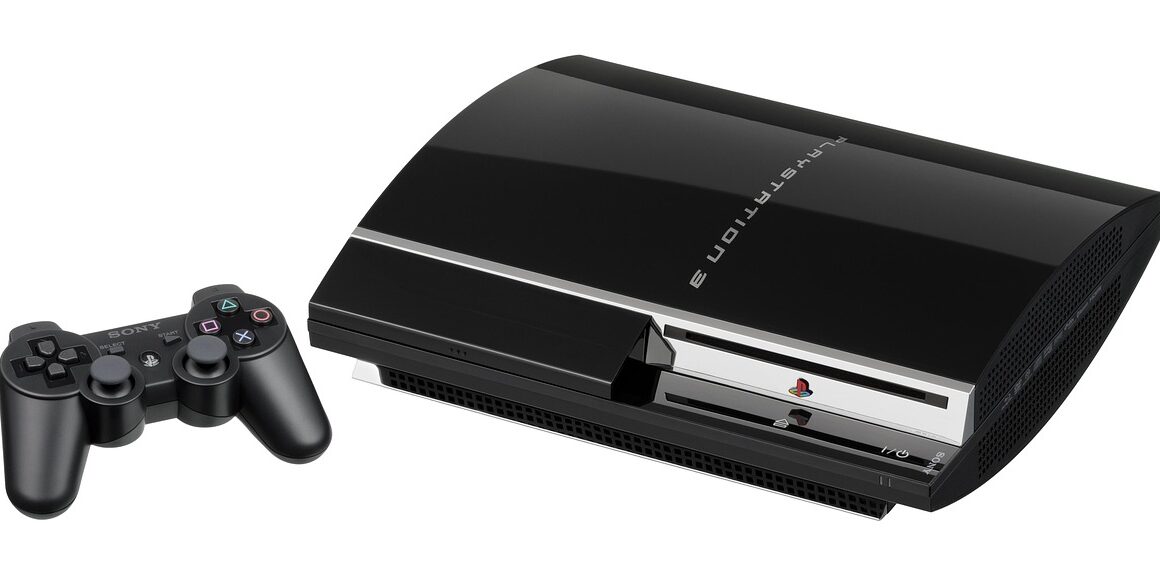Game updates are the lifeblood of any successful video game, keeping players engaged, fixing issues, and breathing new life into familiar worlds. From minor bug fixes to massive content expansions, understanding the nuances of game updates can significantly enhance your gaming experience, whether you’re a casual player or a hardcore enthusiast. This guide delves into the world of game updates, exploring their types, benefits, and how to stay informed.
Why Game Updates Matter
Game updates are critical for maintaining and improving the overall quality of a game. They address various aspects, from technical glitches to gameplay enhancements, ensuring a smoother and more enjoyable experience for players. Ignoring updates can lead to compatibility issues, missed content, and a less satisfying time overall.
Maintaining Game Integrity
- Bug Fixes: A primary function of game updates is to rectify bugs and glitches that were not identified during initial development. These can range from minor graphical errors to game-breaking issues that prevent progression. Regular bug fixes ensure a stable and reliable gaming experience.
Example: A recent update for “Cyberpunk 2077” focused heavily on addressing numerous bugs reported by players, improving performance and stability significantly.
- Security Patches: Game updates often include security patches that protect players from potential exploits and vulnerabilities. This is especially important for online multiplayer games where security breaches can compromise user data and disrupt gameplay.
Example: Many MMORPGs release regular security updates to combat hacking and cheating, preserving the integrity of the game environment.
Enhancing Gameplay
- New Content: Updates frequently introduce new content such as characters, maps, items, quests, and game modes. This keeps the game fresh and exciting, encouraging players to return and explore new possibilities.
Example: “Fortnite” is well-known for its consistent updates that introduce new seasons with unique themes, weapons, and challenges.
- Gameplay Improvements: Game developers continually refine gameplay mechanics based on player feedback and data analysis. Updates can tweak weapon balance, adjust difficulty levels, and improve user interfaces to create a more engaging experience.
Example: “League of Legends” regularly updates champion abilities and items to balance the meta and keep gameplay dynamic.
- Performance Optimization: Updates can optimize game performance, improving frame rates, reducing load times, and ensuring smoother gameplay across different hardware configurations. This is particularly important for graphically demanding games.
Example: Updates often target memory leaks or inefficient code to improve the overall performance of a game, especially on lower-end systems.
Types of Game Updates
Game updates come in various forms, each serving a different purpose. Understanding the different types of updates will help you anticipate their impact and plan accordingly.
Patches
- Patches are small, incremental updates designed primarily to fix bugs, address performance issues, and apply minor tweaks. They typically do not introduce significant new content.
- Frequency: Patches are often released frequently, sometimes even weekly or daily, depending on the game and the severity of the issues being addressed.
- Impact: Patches have a relatively small impact on gameplay, usually improving stability and resolving specific problems.
Content Updates
- Content updates introduce new features, items, characters, maps, and other significant additions to the game. These updates are usually larger than patches and require more download time.
- Frequency: Content updates are typically released less frequently than patches, often on a monthly or quarterly basis.
- Impact: Content updates can significantly change the game experience, offering new ways to play and explore.
Expansions
- Expansions are the largest type of game update, often adding entire new storylines, regions, and gameplay systems. They can be considered almost like standalone games in their own right.
- Frequency: Expansions are typically released annually or even less frequently, as they require substantial development effort.
- Impact: Expansions have the most significant impact on gameplay, often revitalizing the game and attracting both new and returning players.
Example: “World of Warcraft” is known for its large-scale expansions that introduce new zones, races, and classes, significantly expanding the game world.
Hotfixes
- Hotfixes are immediate and urgent updates deployed to address critical issues that are severely impacting gameplay or causing widespread problems.
- Frequency: Hotfixes are deployed as needed, often outside of the regular update schedule, when urgent issues arise.
- Impact: Hotfixes have a targeted impact, quickly resolving critical issues and preventing further disruption to the game.
Staying Informed About Game Updates
Keeping up with game updates is essential for maximizing your gaming experience. There are several ways to stay informed about upcoming and released updates.
Official Channels
- Game Developer Websites: Most game developers have official websites where they post news, announcements, and patch notes. Regularly checking these websites is a reliable way to stay informed.
Actionable Tip: Bookmark the websites of your favorite game developers and check them periodically for updates.
- Social Media: Follow game developers and publishers on social media platforms like Twitter, Facebook, and Instagram. They often announce updates and share behind-the-scenes information through these channels.
Actionable Tip: Set up notifications for your favorite game developers’ social media accounts to receive instant updates.
- In-Game Announcements: Many games feature in-game notification systems that alert players to upcoming updates and patch notes. Pay attention to these announcements when you launch the game.
Community Resources
- Gaming Forums and Communities: Online forums and communities dedicated to specific games are valuable sources of information. Players often share news, discuss updates, and provide insights on patch notes.
Example: Subreddits like r/Games and r/Gaming are excellent places to find discussions and news about game updates.
- Gaming News Websites: Numerous websites specialize in gaming news and reviews. These sites often cover game updates, providing detailed analysis and commentary.
Example: Websites like IGN, GameSpot, and Polygon regularly report on game updates and provide comprehensive coverage.
- YouTube and Twitch: Many content creators on YouTube and Twitch focus on specific games and provide in-depth analyses of updates, showcasing new content and discussing gameplay changes.
Reading Patch Notes Effectively
- Focus on Key Changes: When reading patch notes, focus on the sections that are most relevant to your play style. Pay attention to changes that affect your favorite characters, weapons, or game modes.
- Understand the Impact: Try to understand the potential impact of the changes described in the patch notes. Consider how the changes might affect your strategies and tactics.
- Experiment and Adapt: After reading the patch notes, experiment with the changes in-game and adapt your play style accordingly. This will help you maximize your effectiveness and enjoyment.
Dealing with Update Issues
While game updates are generally beneficial, they can sometimes introduce new issues or problems. Knowing how to handle update-related issues can save you frustration and time.
Common Issues
- Compatibility Problems: Updates can sometimes cause compatibility issues with older hardware or software, leading to crashes or performance problems.
- New Bugs: Despite extensive testing, updates can occasionally introduce new bugs that were not present in the previous version of the game.
- Save Game Corruption: In rare cases, updates can corrupt save game files, leading to progress loss.
Troubleshooting Tips
- Restart Your System: A simple restart can often resolve minor compatibility issues and improve performance.
- Update Drivers: Ensure that your graphics drivers and other system drivers are up to date. Outdated drivers can cause compatibility problems with new game updates.
- Verify Game Files: Most game platforms, such as Steam and Epic Games Store, offer options to verify the integrity of game files. This can help identify and fix corrupted or missing files.
- Reinstall the Game: If other troubleshooting steps fail, try uninstalling and reinstalling the game. This can resolve more complex issues caused by corrupted files or incomplete updates.
- Rollback Updates: If the problem is severe and you are unable to play the game, some platforms may allow you to roll back to a previous version of the game. This can provide a temporary solution until the issue is resolved in a future update.
- Contact Support: If you are unable to resolve the issue on your own, contact the game developer or publisher’s support team for assistance. They can provide specific troubleshooting steps and help resolve more complex problems.
- Check Community Forums: See if other players are experiencing the same issues. Solutions or workarounds may already be posted in the game’s community forums.
Conclusion
Game updates are an integral part of the modern gaming experience. They not only fix issues and enhance gameplay but also keep games fresh and exciting for years to come. By understanding the different types of updates, staying informed about their release, and knowing how to troubleshoot potential problems, you can maximize your enjoyment and get the most out of your favorite games. Embrace the update process, and you’ll be well-equipped to navigate the ever-evolving world of video games.



